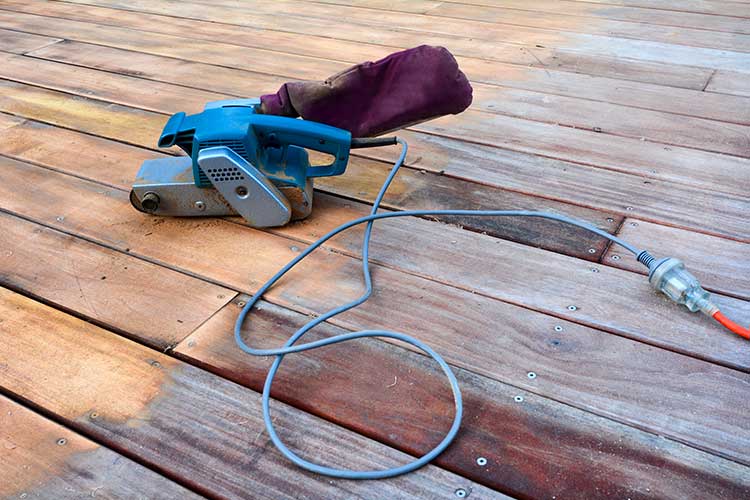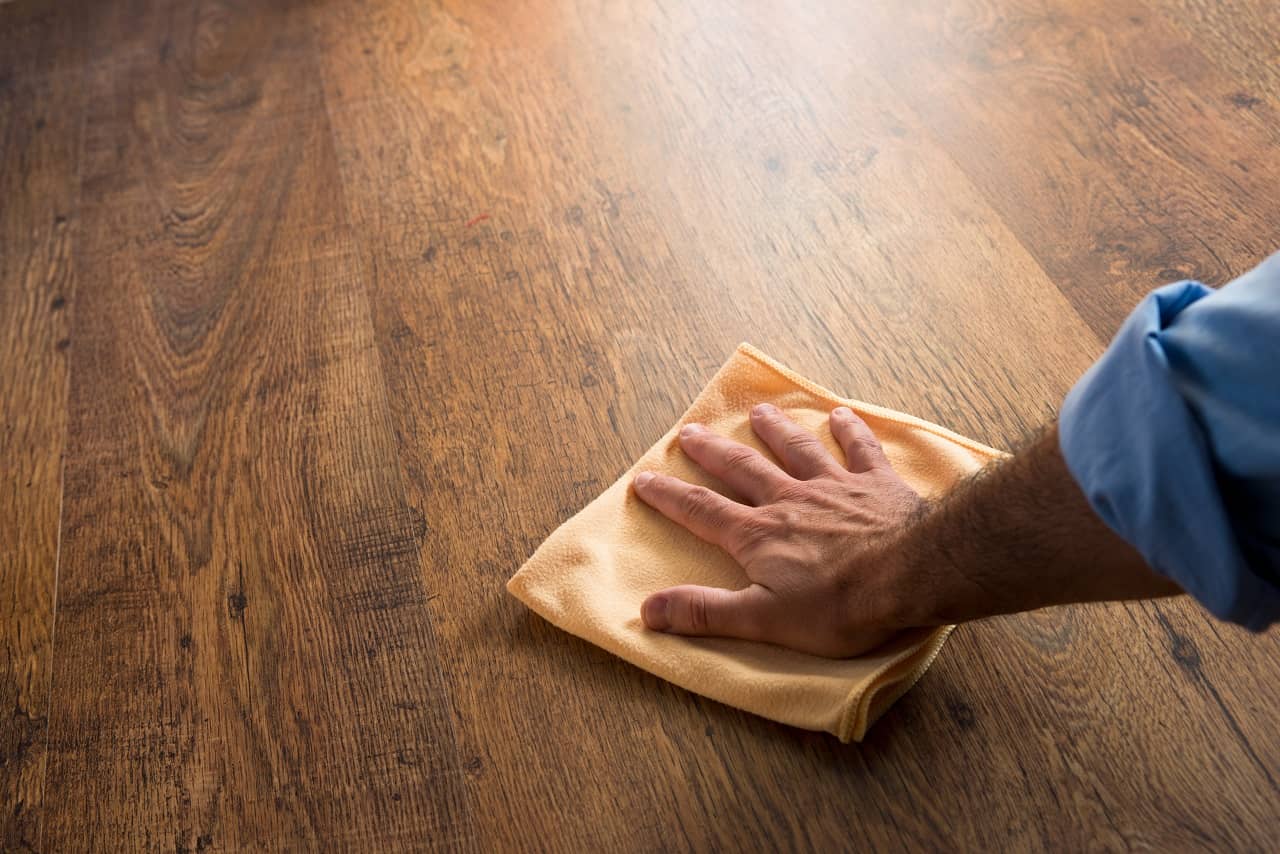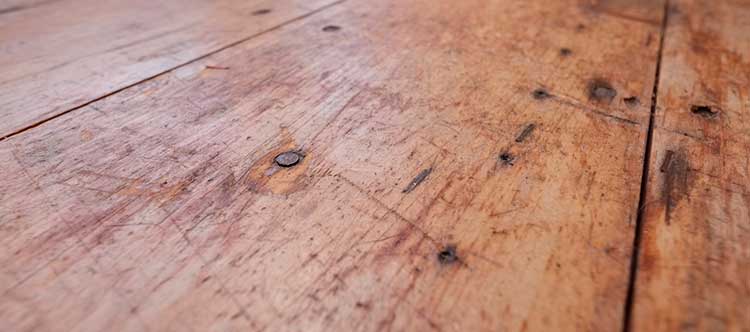
Are your beautiful wooden floors starting to look worn out? Are you considering the cost of refinishing hardwood floors vs new floors? Then you need to keep reading! We’ll answer all your questions about what’s best for your situation!
Depending on the type of finish that your floor has, it can stand some scratches and dents. But, over time, they need some maintenance to get their beautiful look back. One of the benefits of choosing hardwood is that you can refinish the floors.
So, the question is: should you refinish wood floors or replace them? We’ll answer that next!
Learn the Cost of Refinishing Hardwood Floors vs New Floors!
Before you decide whether to do a refinishing job or buy new floors, you need to consider some factors. These include:
- The age of your hardwood floors
- The condition of your hardwood floors
- Your budget
- The type of hardwood you have
The cost of refinishing hardwood floors vs new floors is lower per square feet. When you refinish hardwood floors, it includes prep work, sanding, staining, and finishing. Whereas if you replace your floors you need to remove every hardwood plank and install new ones.
Next, we’ll go over the cost to refinish hardwood floors and the process involved. Then, we’ll discuss some situations when it’s better to replace your floors.
All About Refinishing Hardwood Floors
If you chose to refinish your hardwood floors, then you can expect to pay between $3 to $8 per square foot. To replace your floors, it could cost you between $6 to $12 per square foot, and the cost can be higher for more premium jobs.
Now that you’ve seen that the cost to refinish hardwood floors is less expensive, let’s talk about the process.
Prior Preparations

Before you refinish the floors, you must first do some prep work. Firstly, you need to remove any furniture where you will refinish wood floors. Then, you need to clean the floors and ensure that they are dry.
Also, it’s important that you look out for stains. If you notice any, then you need to take care of them before you start the refinishing process. There could also be some protruding nail heads that you’ll have to drive down below the wood.
Sanding

The second step in the refinishing job is sanding. Here, you will grind the wood surface below any blemishes, dents, or other damages. For this, you will need a power sander with a sanding disc. You will also need a belt sander for the edges of the floor.
This step may involve you having to pass the sandpaper several times. After you’re completely done, you need to vacuum and clean the floors. You must know that some deep dents or scratches may not disappear completely.
Staining

After the sanding process is over, you’re left with a bare wooden floor. So, this is where many homeowners decide to stain their hardwood floors. This is not a required step as it depends on whether you want to keep the wood’s grain and color or if you want to change it.
If you decide to stain your hardwood floors, then we recommend you use a cloth or staining pad to apply. The most popular types of stains are oil and water-based.
Finishing

Whether you decided to stain or not to stain your floors, finishing is the last step. There are several types of finishes that you can choose, such as oil-based or water-based polyurethane. But, it will all depend on the type of hardwood that you have and what your needs are.
You can learn how to refinish hardwood floors on your own if you have the right materials and tools. But, you can also count on a flooring professional to do the job.
The method of application and the number of coats will depend on the type of finish that you choose. You can apply a wood finish with a brush, roller, or pad.
For this step, it’s also vital that you decide whether you want to keep your hardwood floor’s natural color and grain. This is because some finishes can darken or yellow your wood floor.
You have to consider all these steps in the cost of refinishing hardwood floors. Now that you know the process, let’s talk about when it’s better to install new floors.
When Is It Better to Get New Floors?
There are some times when the floor cost to refinish is not worth it. We’ll talk about those instances next:
Are Your Floors Really Old?

If you’ve had your hardwood floors for a long time, then you’ve probably refinished them a couple of times. You can refinish wood floors a couple of times before it’s time to replace them. If this is your case, then it’s time you start preparing your budget for new floors.
Sometimes your floors start feeling less and less sturdy. Some boards may start to loosen up. All of these factors indicate that you must replace your old floors for new ones!
Do You Want to Change the Wood Species?
Another reason why homeowners prefer to replace their floors is to change the wood species. While staining can do the job of changing the color, nothing beats the true essence of a dark oak wood floor or the reddish tone of a cherry floor.
Do You Have Time for a Refinishing Job?
Finally, refinishing takes a lot of time and also involves your house getting messy. If you want the job to be over soon and with minimal disruption, then you should probably replace your floors.
The cost of refinishing hardwood floors vs new floors is less. But, for some people, their best option is to remove their old floors and get new ones.
Before making a decision, take into account the time frame for the project and the processes involved. Also, you need to decide if you’ll do the job yourself or hire a professional.
Whether you choose to refinish or replace the floors, just make sure to get quality results. This is because your floors can make or break your home’s look.
